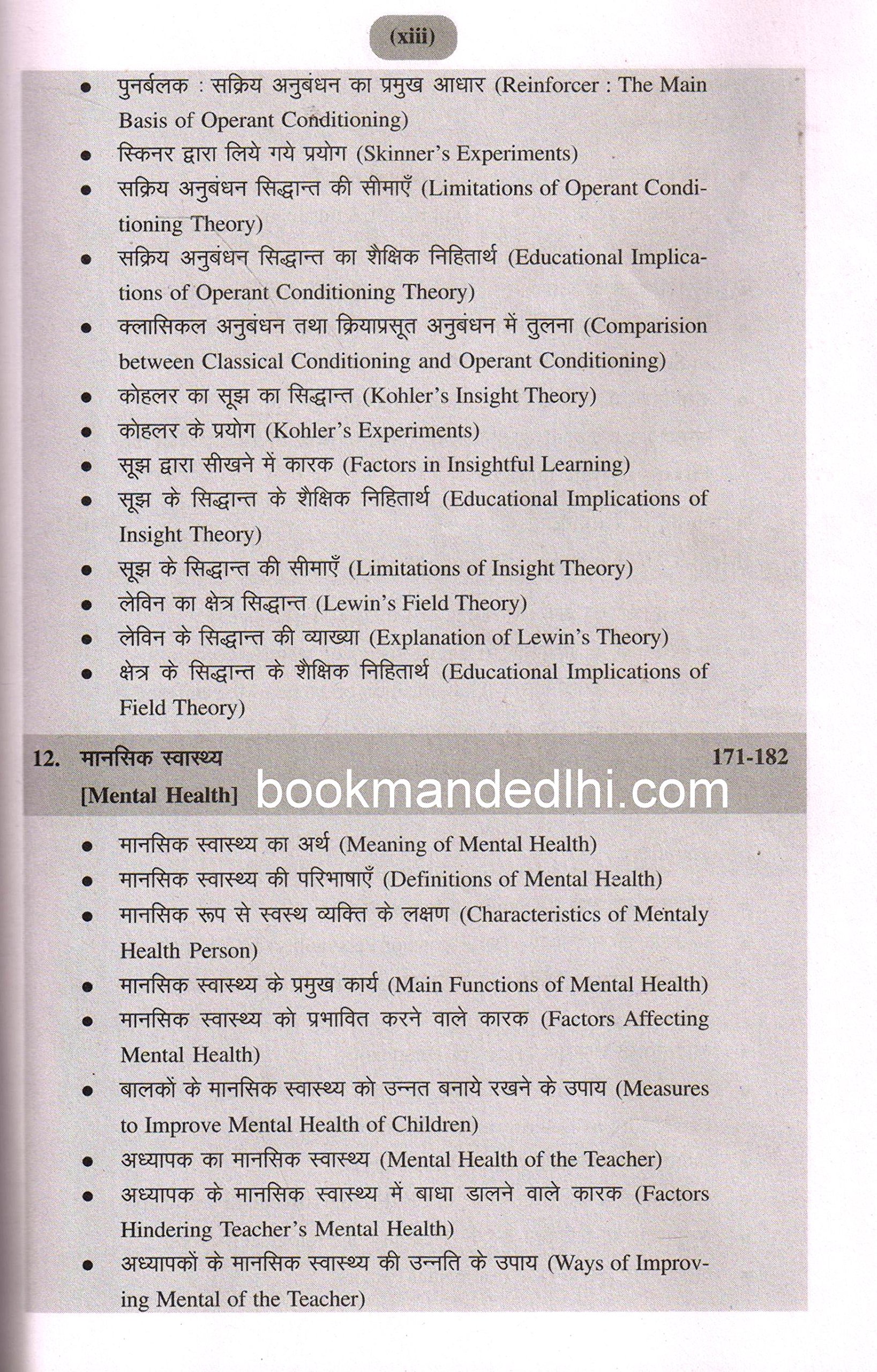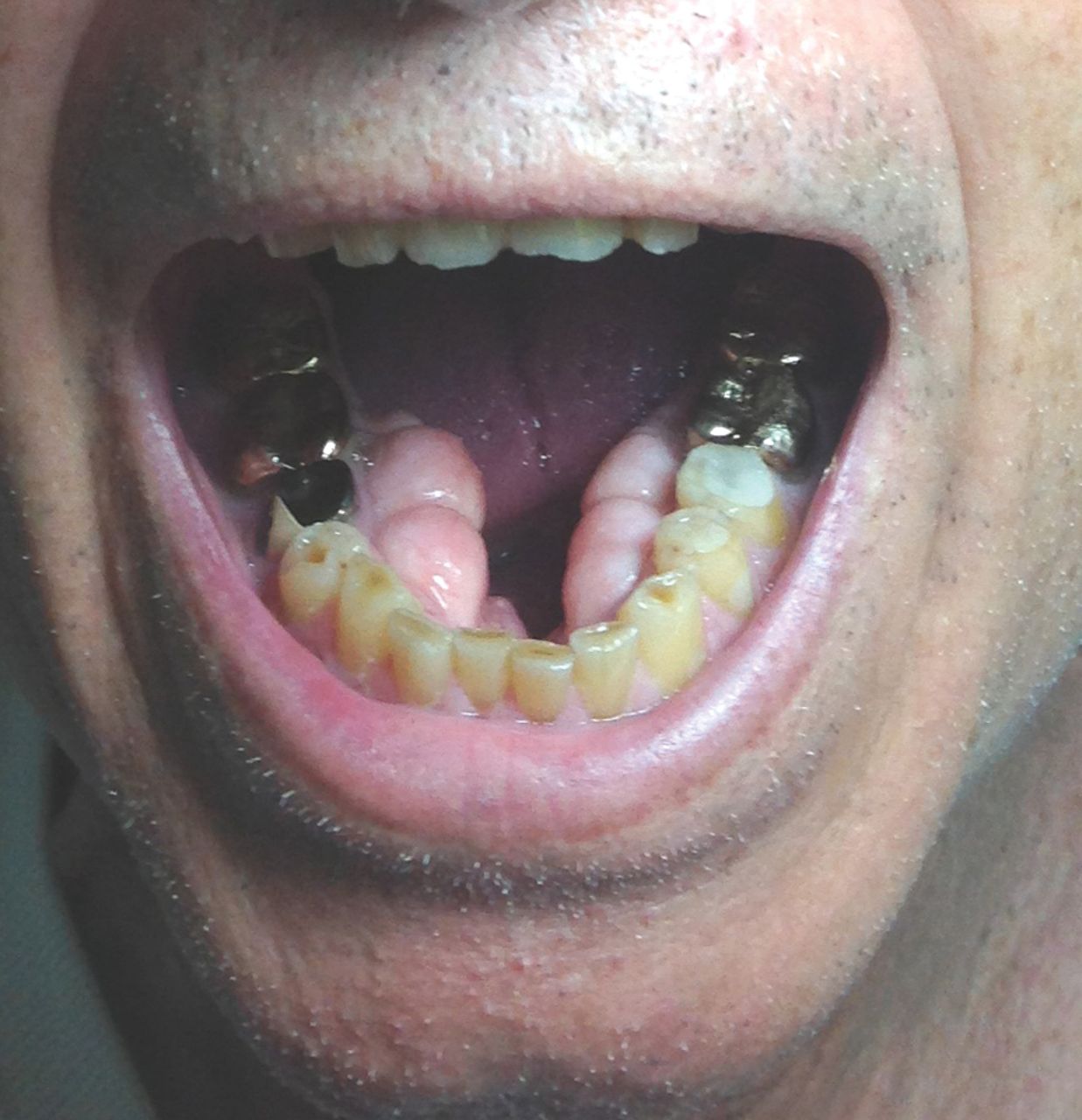Pathology of Rhinosporidiosis - Dr Sampurna Roy MD.
Rhinosporidiosis and its causative pathogen Rhinosporidium seeberi have been known for over a hundred years. Yet unresolved enigmas in rhinosporidiosis include the mode of infection, mechanisms of spread, mechanisms of immunity, some aspects of histopathology e.g. the significance of transepidermal elimination of sporangia, the cause of the variation in cell infiltration patterns in.Rhinosporidiosis is a granulomatous infection of mucocutaneous tissue caused by Rhinosporidium seeberi. It was first described by Guillermo Seeber in Buenos Aires, Argentina. Rhinosporidium seeberi is an aquatic protozoan and recent taxonomy suggests it is in a new eukaryotic group of protists known as Mesomycetozoa. Hot tropical climates have been found to be the most suitable environment for.In the cytoplasm there are a number of recognizable inclusions. x 15,000 Rhinosporidium seeberi: SPHERULES AND THE IR S IGNIF ICANCE 137 The present study has helped establish a definite link between the spherules and the developing trophocytes. Irregular protrusions of the sporoblastic cell wall enclose indivi- dual spherules and the latter in their turn differentiate and separate to form.
Rhinosporidiosis is a mucocutaneous zooanthroponotic disease caused by Rhinosporidium seeberi, a fungal-like organism of uncertain classification with an unknown mode of transmission. Over a 3.Rhinosporidium seeberi: was initially believed to be a sporozoan, but it is now considered to be a fungus and has been provisionally placed under the family Olipidiaceae, 5 order chritridiales of phycomyetes by Ashworth. More recent classification puts it under DRIP’S clade. Even after extensive studies there is no consensus on where Rhinosporidium must be placed in the Taxonomic.

Rhinosporidiosis is a rare granulomatous disease of mucous membranes caused by Rhinosporidium seeberi. Although the taxonomy is still debatable, it has recently been concluded that it belongs to a.












